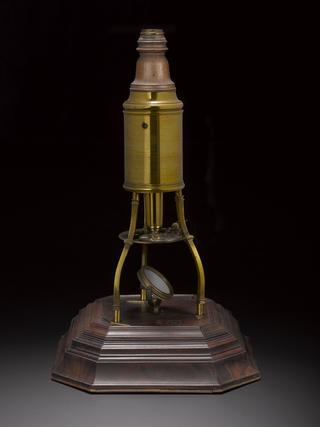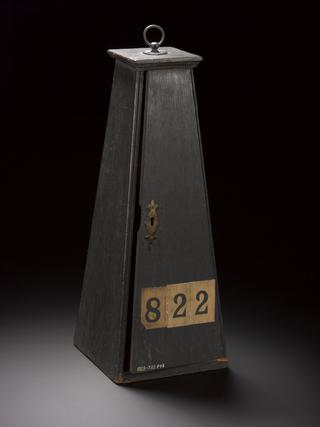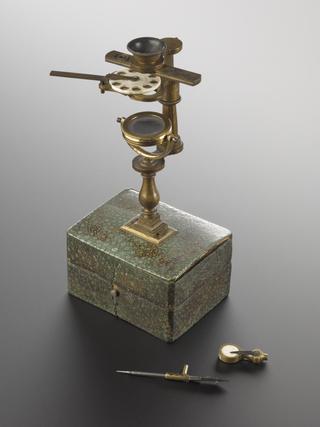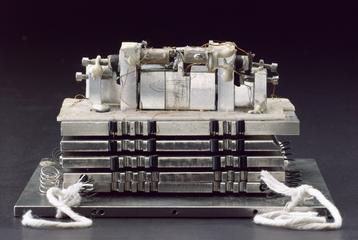
Caldwell automatic microtome, Cambridge, England, 1884


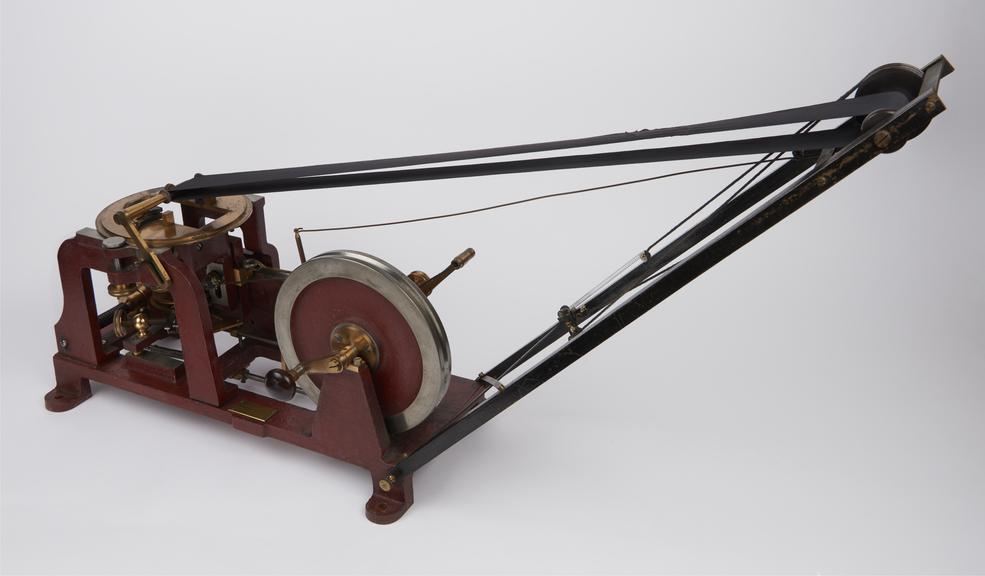
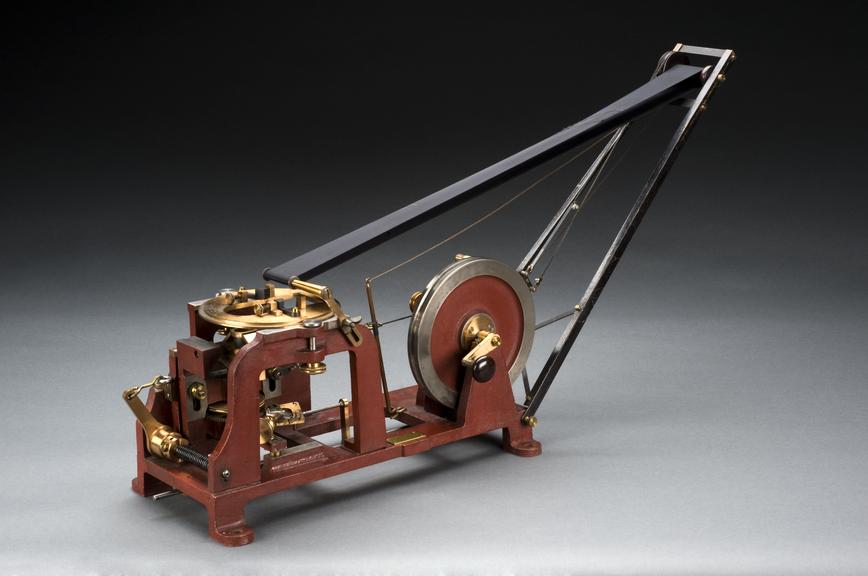
Caldwell automatic microtome, made by the Cambridge Scientific Instrument Co. in 1884
The Caldwell was the first automatic microtome to cut specimens of animal and plant tissues into continuous ribbons. It was said to revolutionise histology as specimens could now be cut easily at a hundred slices per minute by hand and double that by motor. The specimen was covered with paraffin to maintain its shape and structure and passed up and over the knife. The long black band at the end received the cut ribbons in consecutive order and all the same side up. Thickness could be varied. The ribbon was cut, mounted, stained, and examined under the microscope.
Made by Cambridge Scientific Instrument Co, this microtome was invented by William Caldwell (1859-1941) and designed by Richard Threlfall (1861-1932), a physicist.

